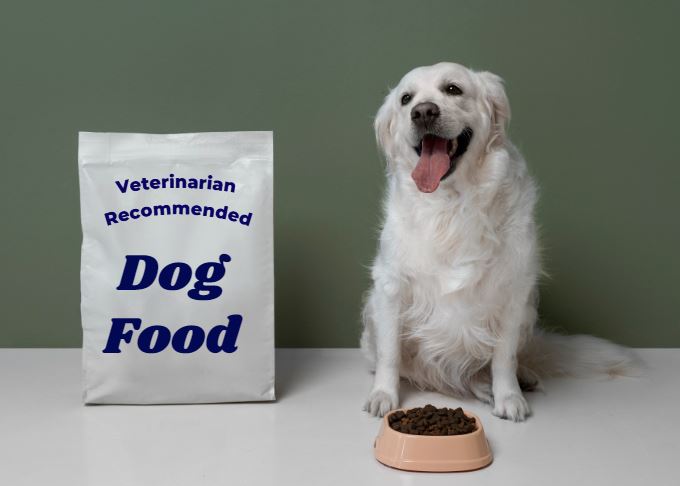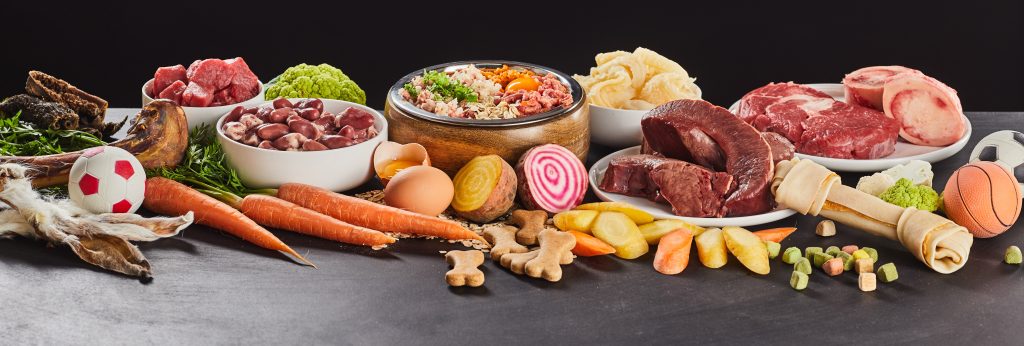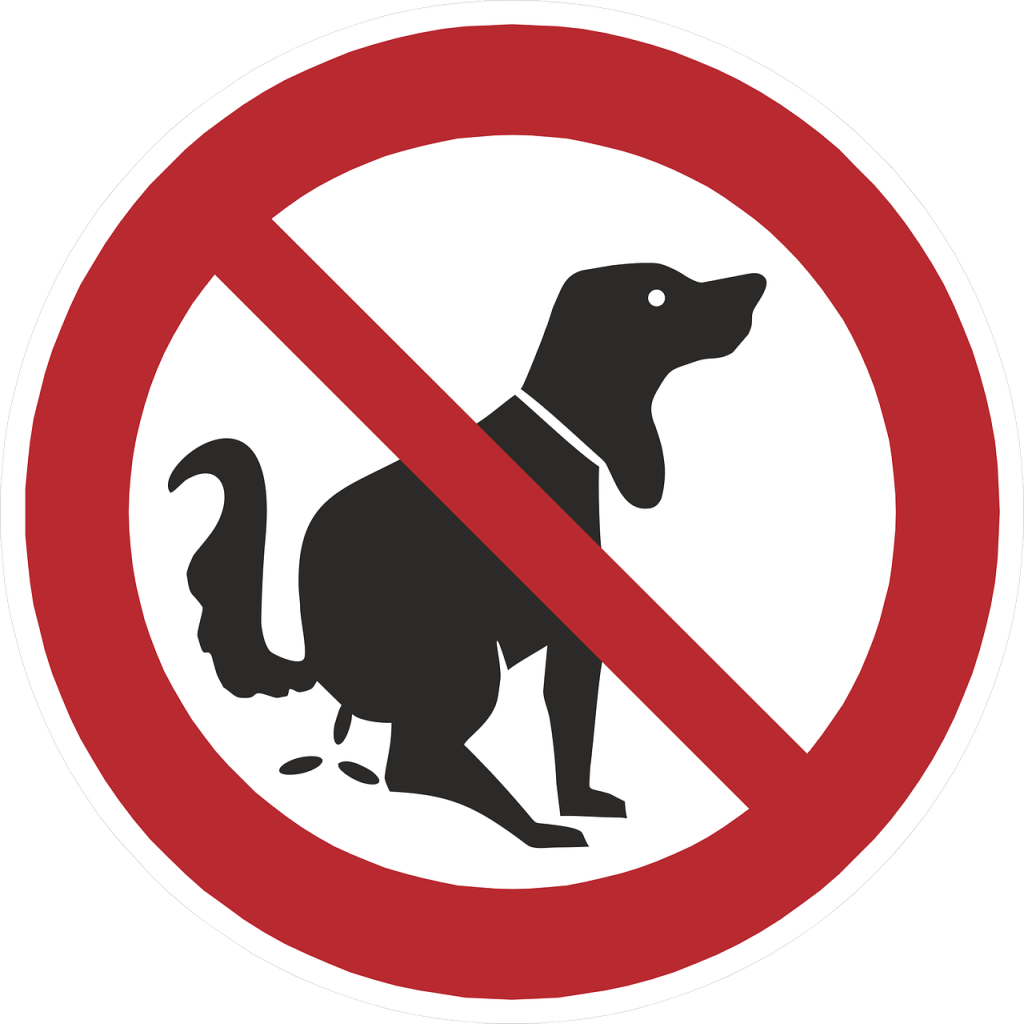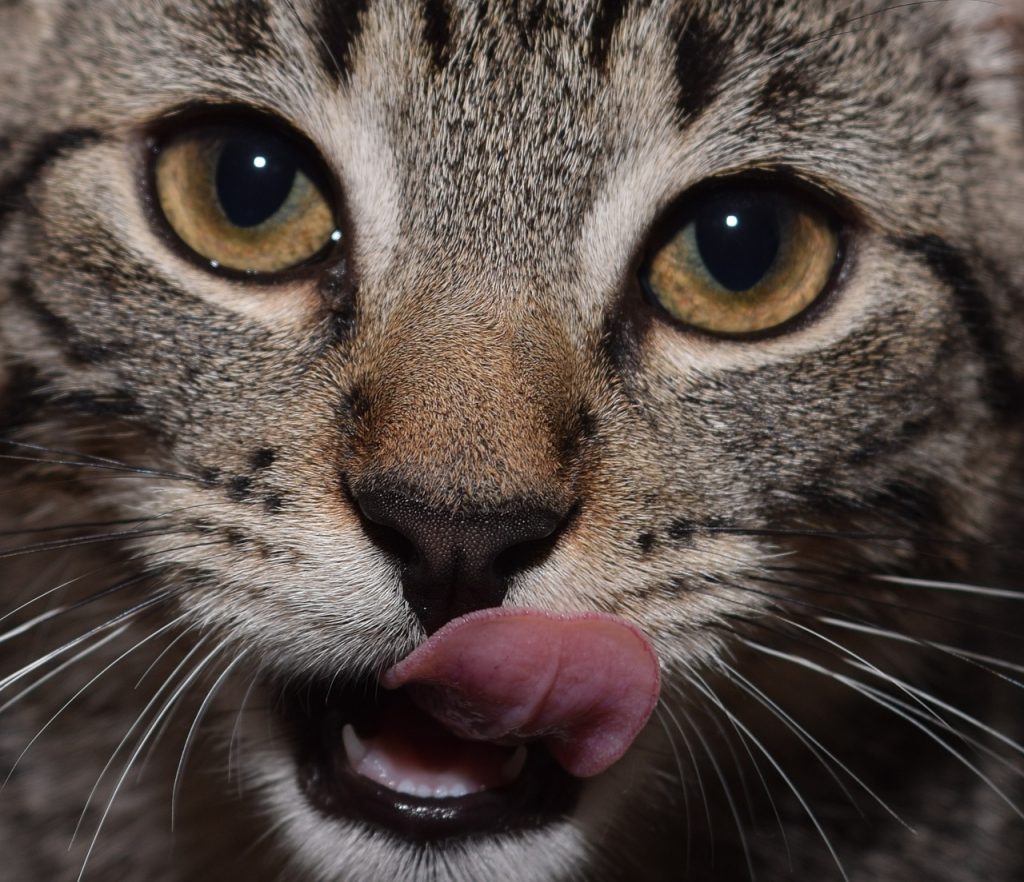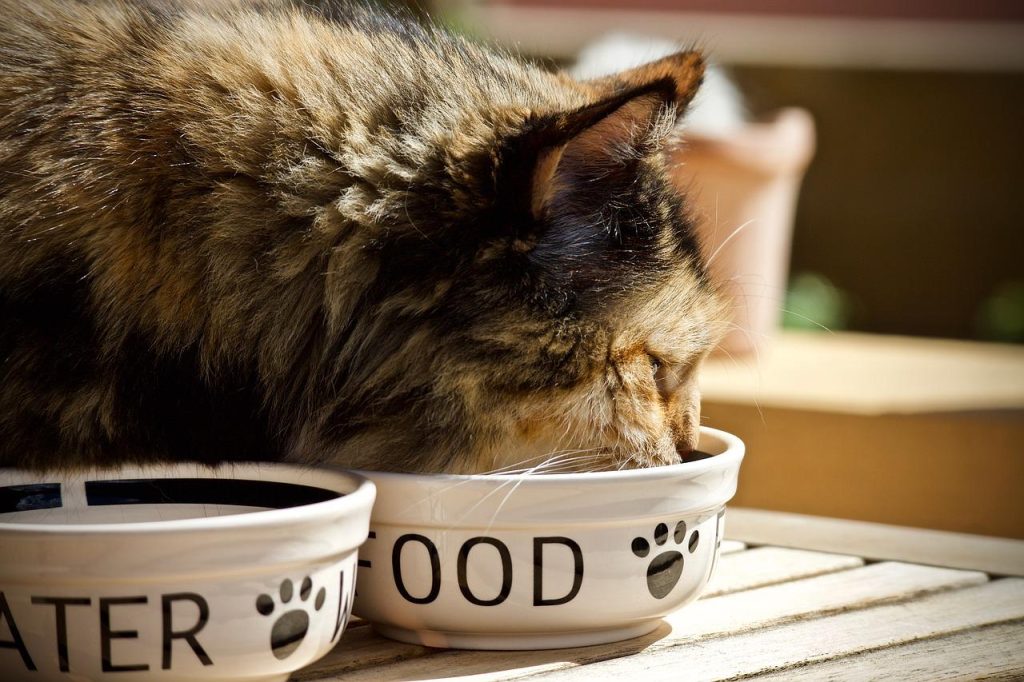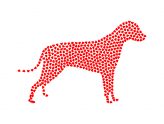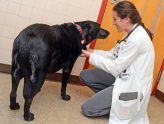The Best Food for Your Pet
November 5, 2023
Veterinarian Recommended Pet Foods: What You Need to Know
Many pet food companies prominently feature the “veterinarian recommended” label, enticing families seeking the best food for their pets. However, what exactly this label means and how it can help you to make an informed choice can be a bit of a mystery. In this post, we’ll cover what the regulations are for products bearing the “veterinarian recommended” claim.
June 21, 2023
What’s in a name? What is a Board Certified Veterinary Nutritionist and why does it matter?
We know that many pet owners are desperate for accurate, trustworthy information about how to feed their pets, whether they’re healthy or if they have a medical condition. However, even knowing who to talk to about your pet’s nutrition can be confusing! Learn more about Board Certified Veterinary Nutritionists and an easier way to find one.
March 31, 2023
What Nutritionists Wish You Knew: 5 Homecooked Diet Mistakes & Misconceptions
Home-cooking for pets can be complex and there are a number of common misconceptions and mistakes that often come up in the days and weeks after a home-cooked meal plan is started. By reviewing common issues, we hope that we can reduce their frequency!
March 6, 2023
What’s the Best Diet for Dogs with Chronic Diarrhea?
Chronic diarrhea is one of the most frustrating medical conditions for both dog owners and veterinarians (and especially for us veterinary nutritionists!) However, while it can be challenging to find the optimal diet for a dog with chronic diarrhea, it’s worth the extra effort!
February 7, 2023
Diet-associated dilated cardiomyopathy: The cause is not yet known but it hasn’t gone away
A new FDA update provides more information on diet-associated dilated cardiomyopathy (DCM). While the specific cause is not yet known, the problem hasn’t gone away
December 19, 2022
Too hot? Too cold? Keeping your pet’s food temperature just right
What’s the best food temperature to keep your cat eating well? A new study provides some answers.
September 19, 2022
“Preservative-Free” Pet Food?
Preservatives are essential ingredients in some forms of pet foods but they are surrounded by a great deal of misinformation.
June 27, 2022
Test your Nutrition Know-How for Cats with Kidney Disease
How confident are you in your knowledge of how to best feed cats with chronic kidney disease? Take our quiz to find out whether your confidence is well-placed!
May 17, 2022
Comparing kitty’s calorie costs
The type of your cat food – wet, dry, fresh, or raw – not to mention the brand, can make a dramatic differences in what you will pay to feed your cat. We compare daily and yearly costs for different food types for a theor
April 4, 2022
Think Your Pet has a Food Allergy? Eliminating Mistakes in Elimination Diet Trials
Although food allergies are uncommon in dogs and cats, the only way to diagnose them is with an elimination diet trial. Learn tips to avoid common mistakes and to plan a successful elimination diet trial.
Search
Petfoodology on Twitter
-
Did You Know? AAFCO Doesn’t Approve Pet FoodsMar 01, 2021
-
Who we are and why you can trust usJul 28, 2016
-
What’s your Pet Food IQ?Nov 30, 2016
Tag Cloud
Why Trust Us?
 As you’re on this website right now, we can assume that you love pets and likely have a special dog or cat (or many) in your life. We love them, too! And not only do we love the pets, we also love their people, and you are our reason for making this site.
As you’re on this website right now, we can assume that you love pets and likely have a special dog or cat (or many) in your life. We love them, too! And not only do we love the pets, we also love their people, and you are our reason for making this site.
Petfoodology Topics
- All About Pet Food (36)
- Finding the Best Food for Your Pet (42)
- Media (11)
- Pet Nutrition Basics (39)
- Petfoodology Blog (131)
- Pets with Health Conditions (49)
- Trending Topics in Pet Nutrition (56)

